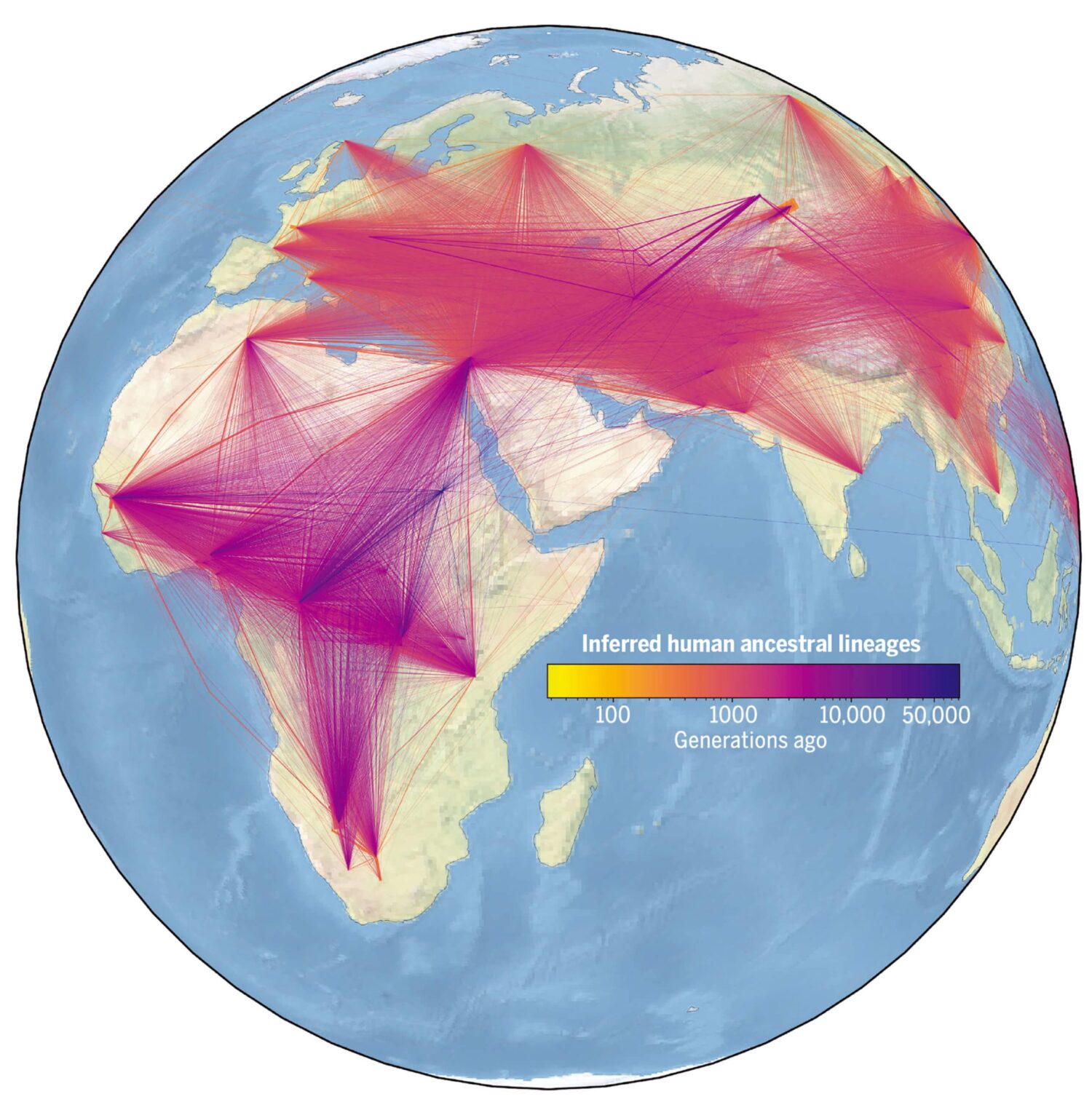In the new study, scientists used thousands of human genome sequences. The results are published in the journal Science.
Scientists have created a family tree for all of humanity to summarize how all people living today relate to each other and to our ancient ancestors. To build it, the researchers sifted through thousands of genome sequences collected from both modern and ancient humans. They also used data from ancient human relatives. All genomes are descended from 215 populations scattered around the world.
Using a computer algorithm, the scientists identified different patterns of genetic variation in the sequences, highlighting where they overlap and differ. Based on patterns, researchers have drawn theoretical lines of descent between genomes.
To build a unified human genealogy, the researchers first combined data from several large public datasets, including the 1000 Genomes Project, the Human Genome Diversity Project, and the Simons Genome Diversity Project. Obtaining data on ancient humans has been more difficult, but scientists have found 8 high-quality ancient hominin genomes. Among them are three Neanderthal genomes, one of which is over 100,000 years old; Denisovan genome, 74,000 to 82,000 years old; and four genomes from a nuclear family that lived in the Altai Mountains in Russia about 4,600 years ago.
After collecting a family tree, scientists conducted a geographical analysis. They confirmed human migration out of Africa and also found potential evidence for interactions between Homo sapiens and now-extinct hominins.
Note: Each line in this figure represents ancestor-descendant relationships in a new genealogy of modern and ancient genomes. Image: Unified genealogy of modern and ancient genomes, Science (2022). Doi: 10.1126/science.abi8264












